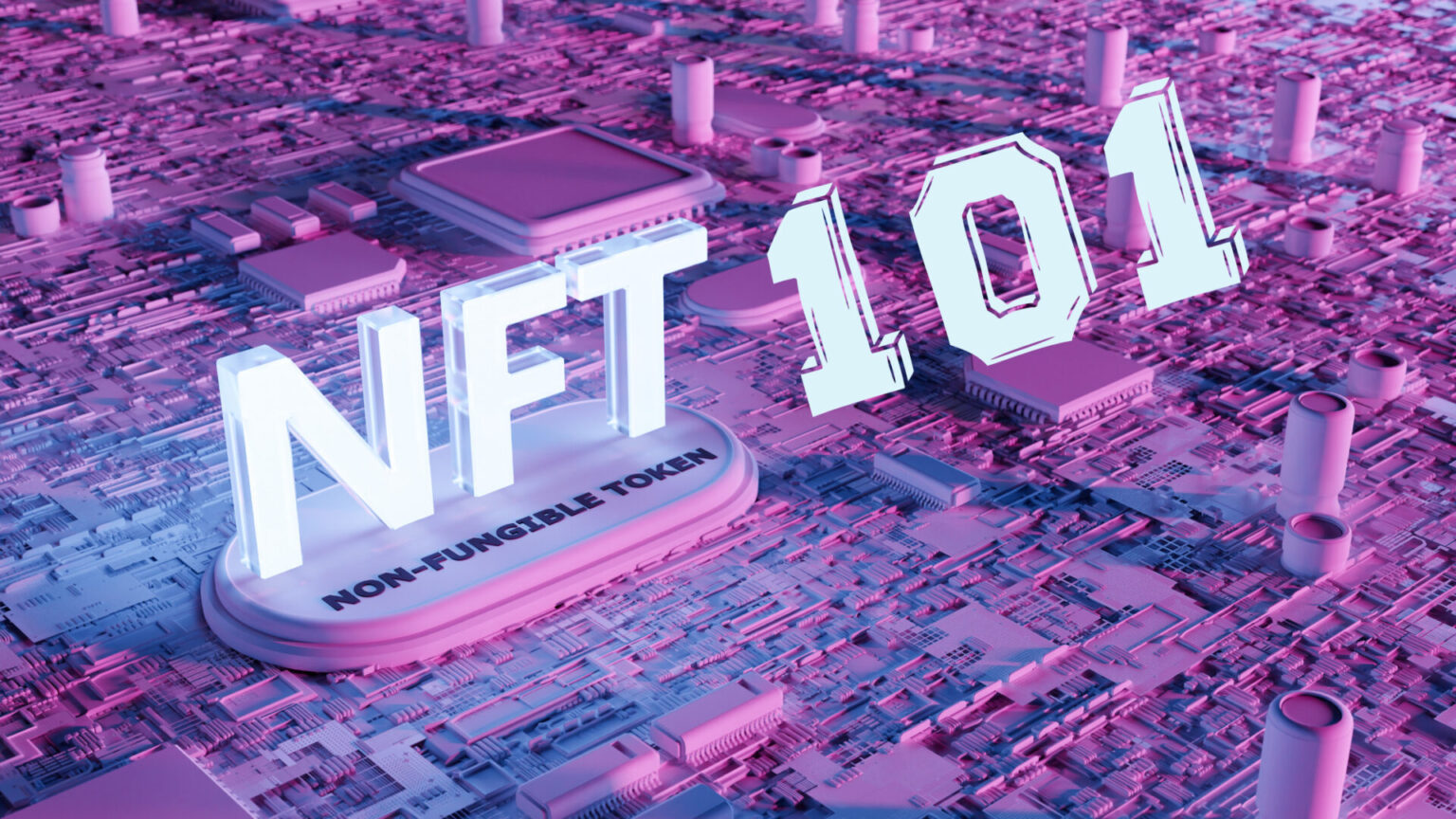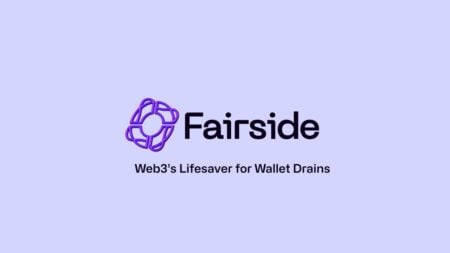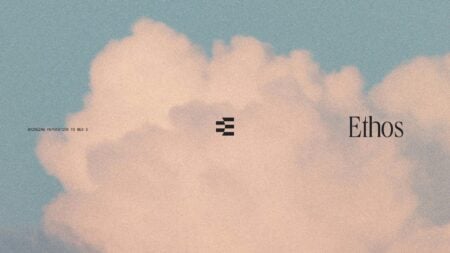NFT stands for Non-Fungible Token
But what do these words mean in plain English? Let’s start with the word token…
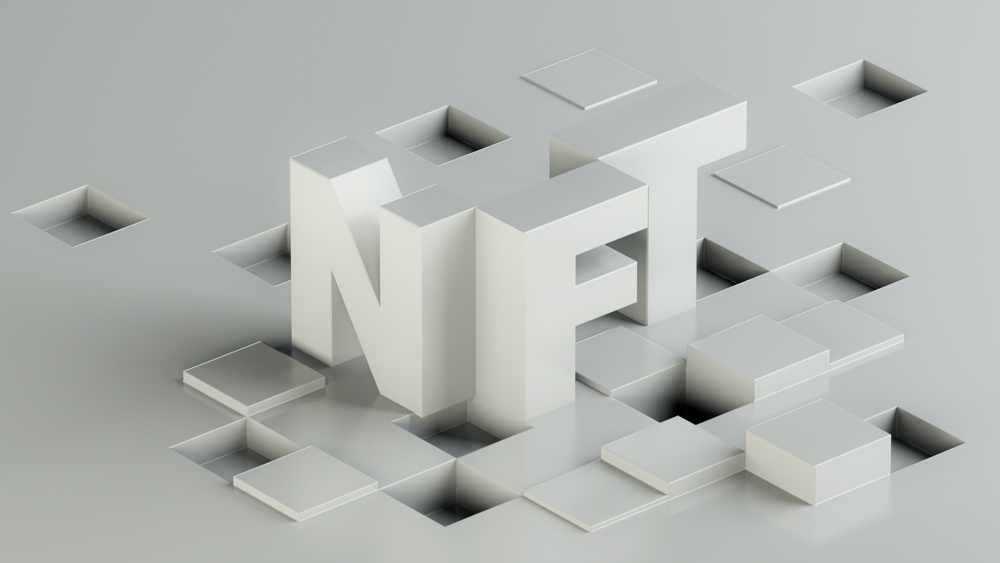
A token is a digital piece of data, or information, owned by a virtual address, called a wallet, which is the digital version of the wallet where we keep our cash, credit cards, and, in my case, some loyalty/membership cards and a drawing made my little cousin.
If all these items that make my wallet so heavy and thick were digital, we could call them tokens. For example, I could have a digital token instead of the plastic version of my gym membership card with the same function of containing some pieces of data about my identity and also the payment situation of my gym monthly installments, giving me, therefore, the green light to enter the facility.
Now that we have an understanding of the word token, let’s go back to the first part of the acronym – NF – Non-Fungible.
“Non-Fungible” is the exact opposite of “fungible”, which means that something is replaceable by or mutually interchangeable with another identical item. Cash and cryptocurrencies are fungible: in terms of value and features 1 dollar is the same as another dollar and 1 bitcoin is the same as another bitcoin.
On the contrary, if something is “Non-Fungible” it cannot be replaced or copied, substituted, or subdivided, there is only one, different from all the others, just like my cousin’s drawing in my wallet.
Similarly, to an NFT, this drawing cannot be subdivided (if I tore it apart, I would ruin it) nor substituted with another one, as my cousin made that specific one for me, and if anyone would try to copy it, the copy would have no value for me, because it’s not from my cousin.
Putting it all together therefore Non-Fungible Token or NFT means a piece of data that is owned by a wallet that is unique and cannot be copied. It can be in its most basic form a piece of digital art, but can also be so much more, let’s save this story for another day.
So… no one can copy my NFT?
Short answer yes, long answer no…
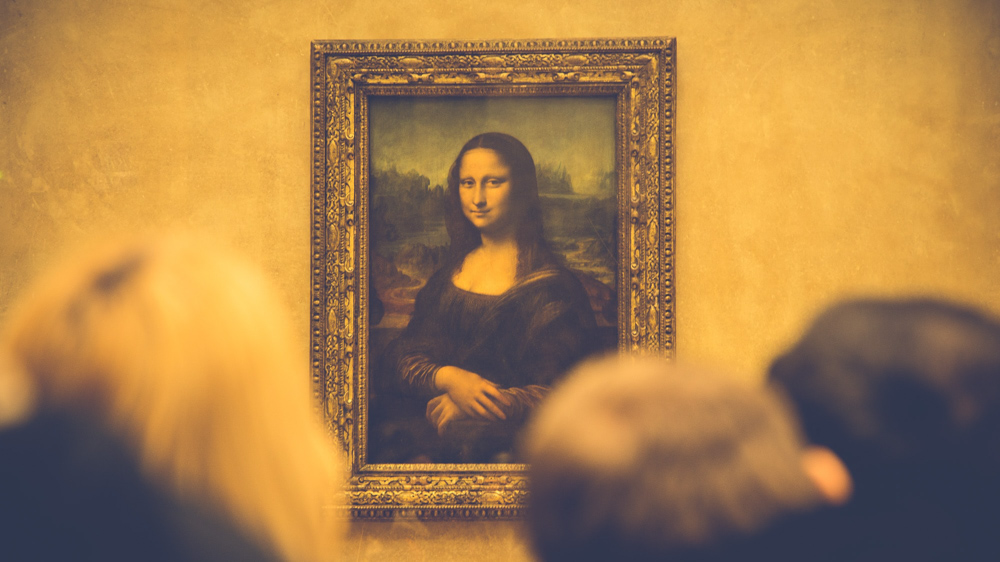
As anyone could make a copy of the Mona Lisa by just taking a photo of it, or for those skilled enough by recreating an exact copy, also the art of your NFT can be copied or reproduced. But, big but, as the copies of the Mona Lisa have no value, as they haven’t been created by Leonardo Da Vinci, also the copy of your NFT will have no value, as those copies haven’t been made by the person or organization that created the original.
But how can I distinguish the original from the copies?
Let’s take another example, you have for sure encountered vendors of fake luxury bags on the street, in Venice where I live there are so many of them.
Sometimes those bags are practically identical to the real ones, but if you look at their label, you will immediately notice that it does not say “Gucci” but maybe “Pucci” or “Tucci”, which immediately allows you to understand that you are not looking at an authentic product. In the digital world, the NFT is your label and allows you to distinguish the original from copies, thanks to the data that it provides.
How can I buy one NFT?
Now comes the fun part: this piece of data or NFT can be transferred, bought, and sold, like we used to do with our baseball cards, soccer cards in Italy, where I am from, and normally these trades happen on marketplaces, such as OpenSea or Rarible and many more.
There are 2 main ways to buy an NFT: minting it or purchasing it on the secondary market.
Minting an NFT happens when you are the first person to “publish the NFT” on the blockchain. We could say you act a little bit like a wholesaler: as a wholesaler of electronics purchases his products directly from the manufacturer and then puts them for sale on his e-commerce, when you mint an NFT, you acquire it from the creator and then you can put it on a marketplace for sale to trade it.
The person that buys from that marketplace is purchasing on the secondary market.
NFT marketplaces run similarly to eBay. Just like on eBay you can purchase an NFT at the price offered “buy now” or you can place an offer and participate in an auction.
Depending on the marketplace you choose, you may need a different cryptocurrency, for example on OpenSea most trades happen in Ether, while on Solanart the coin to use is Solana. We’ll go deeper into this another day.
So, do I need to own crypto to buy NFTs?
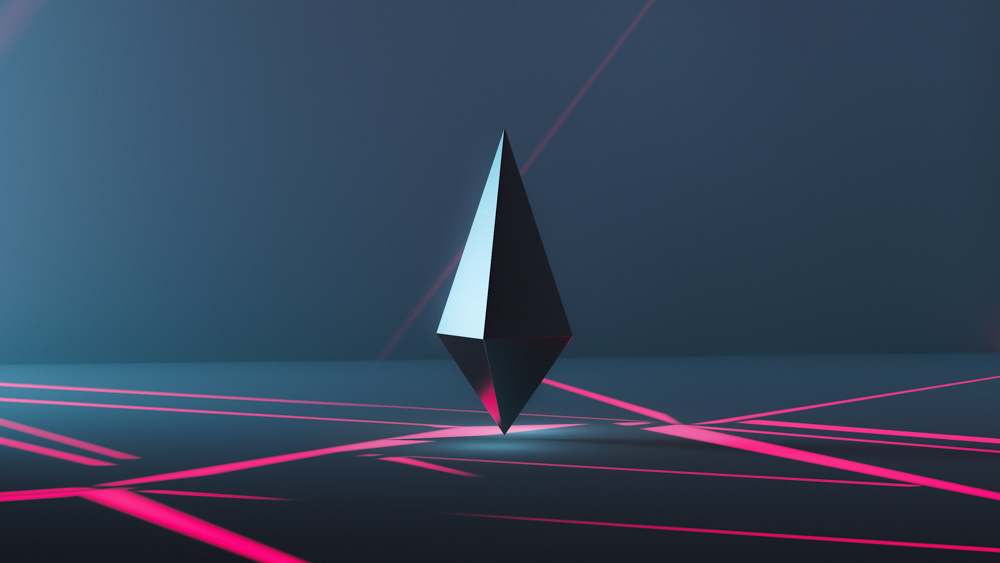
Yes, at the moment you need to set up a wallet and own some Ether or Solana or other cryptocurrencies to trade NFTs, but there are up-and-coming blockchains, like Flow, that are trying to streamline the use of FIAT for NFTs. Also, worth mentioning that Coinbase is about to launch its own NFT marketplace, where customers will be able to use credit and debit cards to make purchases, making the whole process much more user-friendly.
This is it for today, this was a quick intro into the NFT world, if you don’t want to miss our next article subscribe to our newsletter! Next time we’ll go deeper into the role that NFTs could potentially have in our everyday lives beyond profile pictures and cool art.
Check out my other articles here.
Have a great week everybody!
Gia

